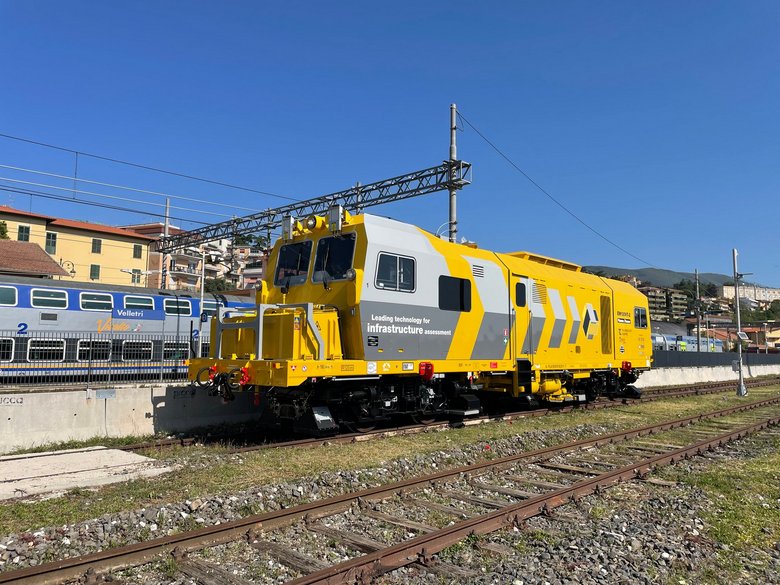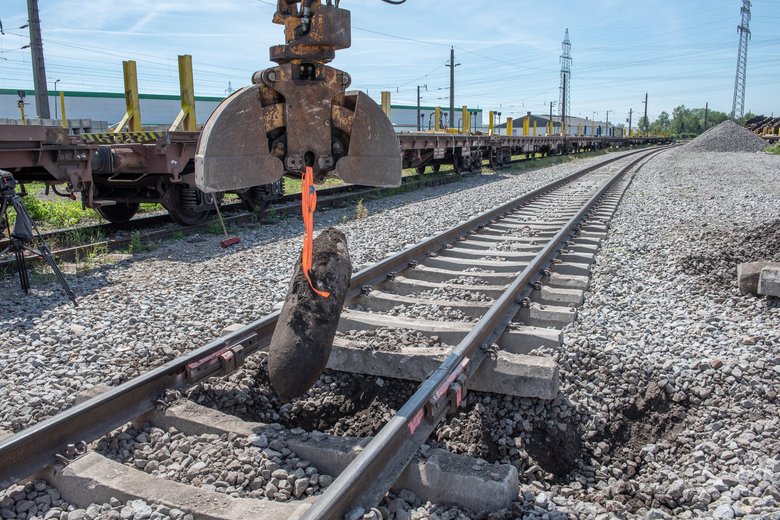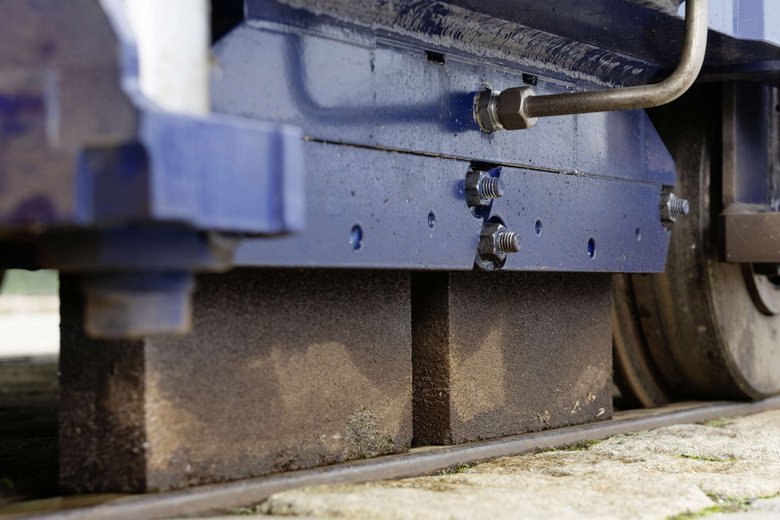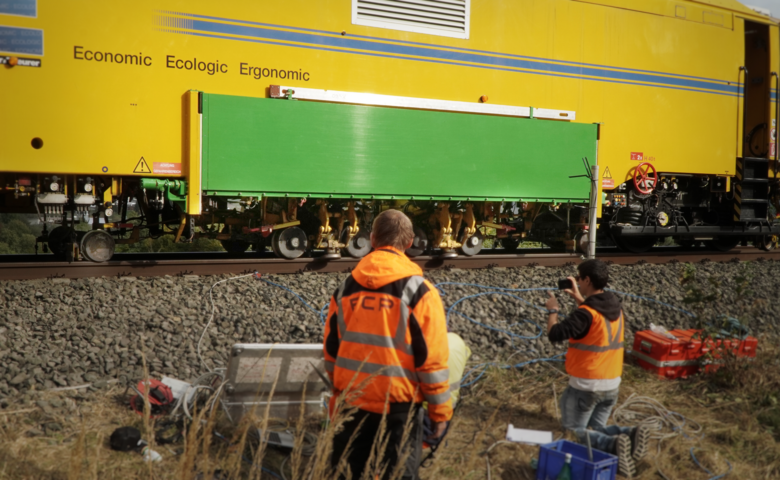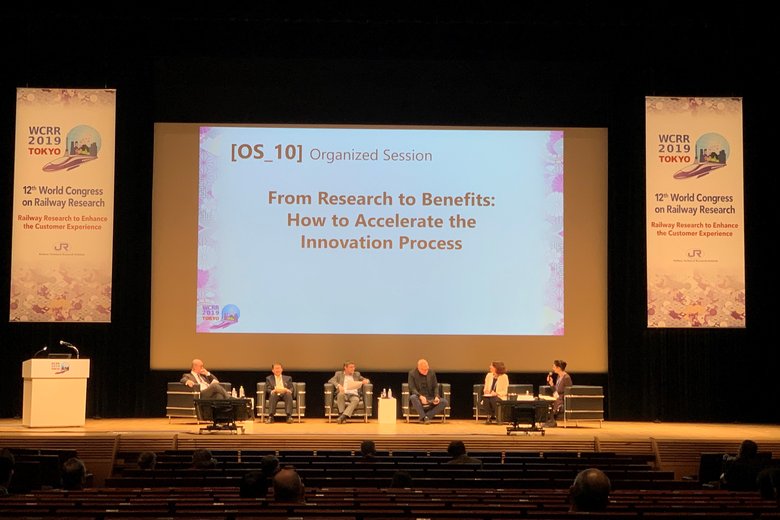Artificial intelligence for more efficient ground-penetrating radar analysis
Artificial intelligence for more efficient ground-penetrating radar analysis
Ground-penetrating radars measure the condition of track substructure. However, the analysis of this data is very time-consuming. Could the use of AI reduce this effort? Plasser & Theurer is part of a research group that took on the challenge of answering this question. They discovered that, among other things, a clever application of filters facilitates the analysis.
The substructure is crucial to the durability of tracks. Rail traffic subjects the ballast to dynamic stresses, decreasing the stability of the ballast bed over time. Ultimately, the ideal track geometry is destroyed. To determine the substructure condition, a specific measurement method, the ground-penetrating radar, has been used for years.
This method involves radar transmitters and receivers which are installed on a railway vehicle. When driving along the line, high-frequency electro-magnetic waves penetrate the substructure and are reflected by it. The reflective behaviour of the various layers provides information about their quality. A so-called “radargram” illustrates the radar echoes.
Complex analysis
While a ground-penetrating radar can record several track kilometres in almost no time, analysing the resulting radargram involves much more effort. Experts need to examine and interpret the data. This requires both considerable effort and time, and it is a tricky task, even for experts.
Filters and AI allow for automation
In collaboration with Ground Control Geophysik & Consulting and the University of Applied Sciences Upper Austria (FH Oberösterreich), Plasser & Theurer has developed a method for the automated support of radargram analyses. AI is involved in this method.
After the analysis of the radargram with the help of filters, the results are stored as vectors. Then AI steps in. Specific search algorithms find similar reflection patterns and combine them into groups and/or clusters. By adjusting the desired number of clusters, the fineness can be configured manually.
Visual representation
Due to the systematic classification of the reflection patterns, options for displaying the data are practically endless. They include: assigning a specific colour to each cluster and colouring the radargram accordingly, showing the exact course of boundary layers, or displaying various reflection characteristics on separate graphs. As a result, structures that would have been hard for even a skilled human eye to recognise in raw images become clearer.
Continued need for human expertise
This method considerably facilitates the analysis of the measured data, and it can greatly increase the reproducibility of results. However, human expertise is still needed to interpret the data and to identify potential problem areas in the substructure. Using AI significantly reduces both costs and effort. It is a further step towards improving the quality of radar analysis of substructures.

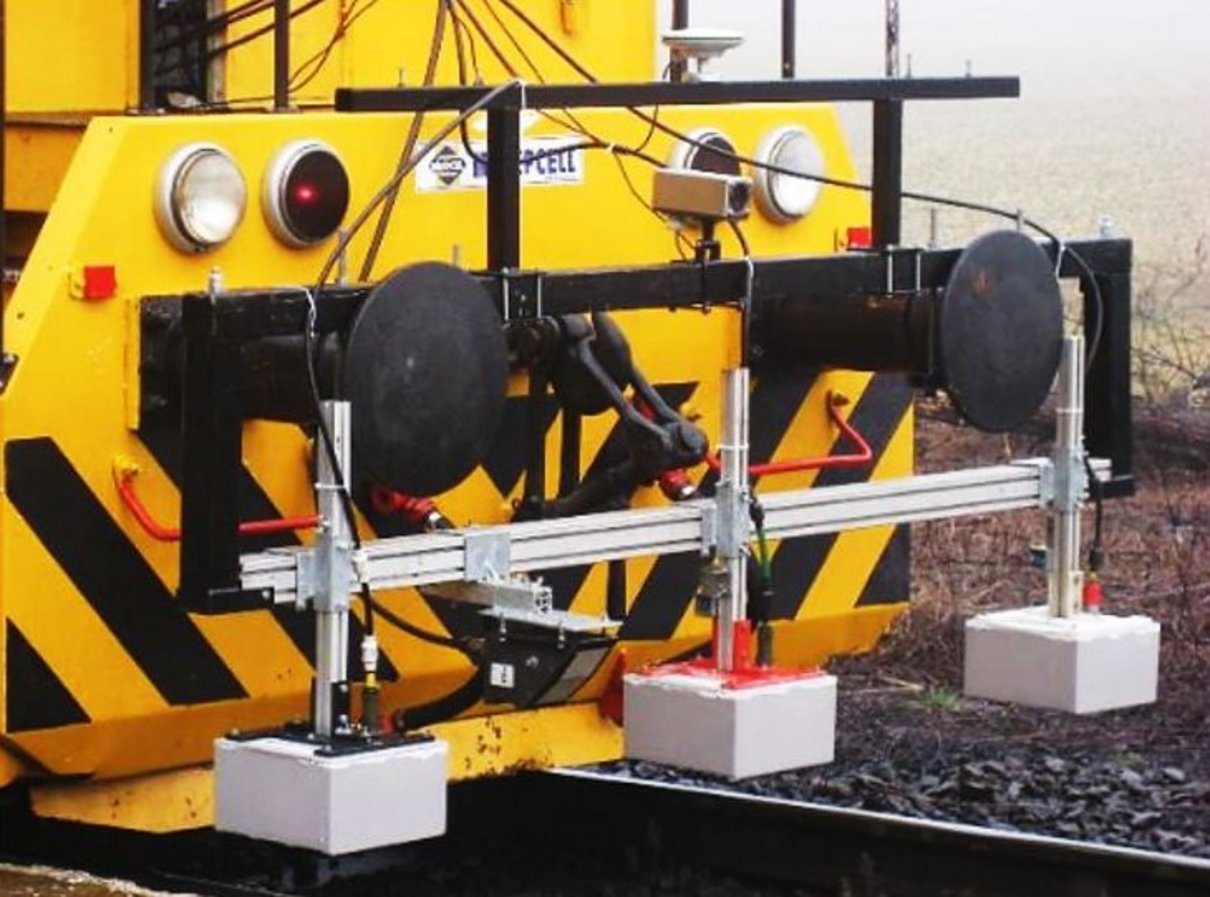




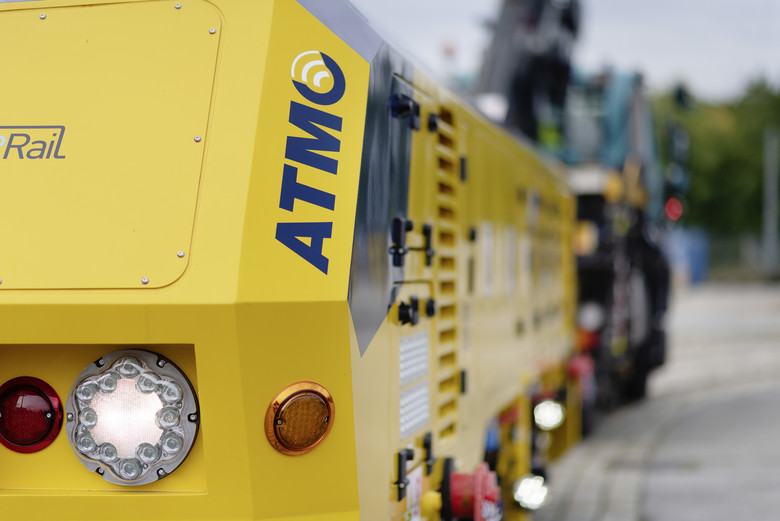

![[Translate to Spanisch:] [Translate to Spanisch:]](/fileadmin/_processed_/a/9/csm_202109_Visualisierung_beim_Stopfen__1__f0921ecd25.png)
